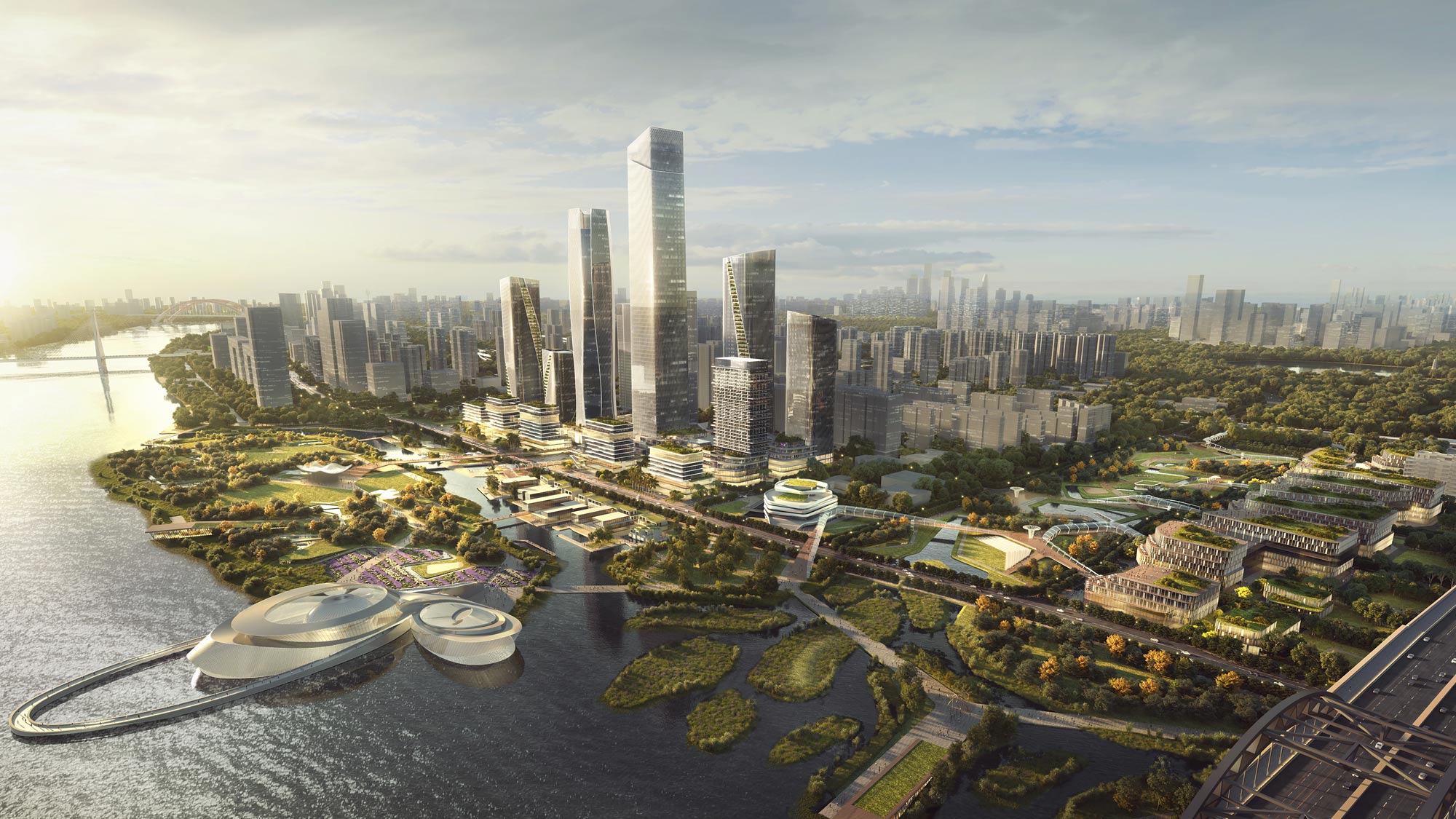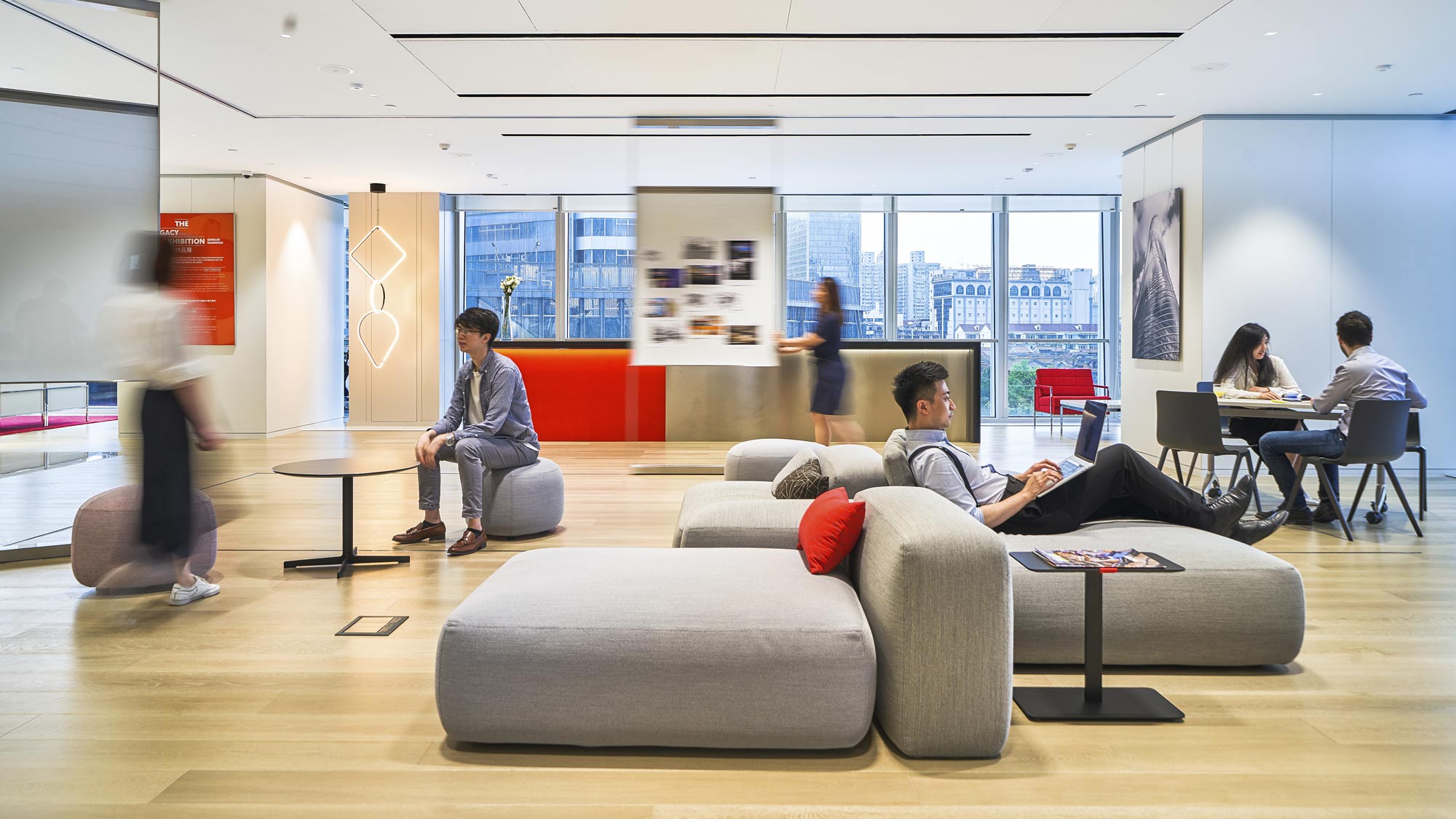PROJECTS
46 Items
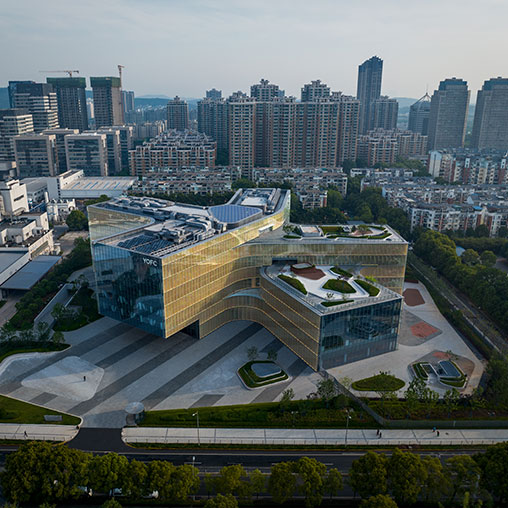
YOFC Headquarters
Wuhan, China
The YOFC Headquarters in Wuhan, China is a high-tech beacon and manifestation of the company’s success as the world’s biggest optical fiber manufacturer.
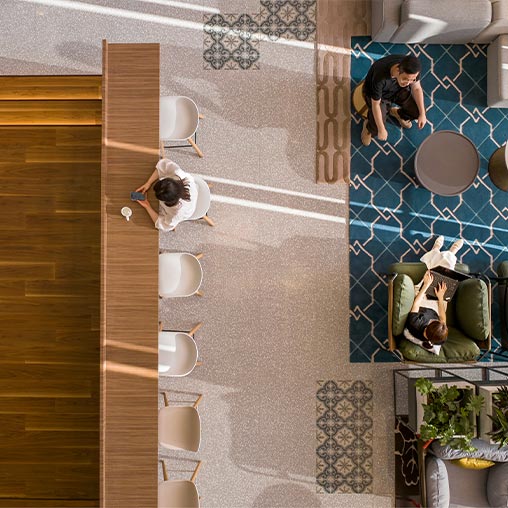
Global Technology Company Suzhou Campus
Suzhou, Jiangsu Province, China
A confidential technology campus finds harmony between a quiet local culture and a commanding industry ethos.

Confidential Senior Living Community
Guangzhou, Guangdong Province, China
This confidential Guangzhou project transforms an historic heritage site into a uniquely integrated senior living community that adapts to the needs of China’s fast-growing aging population.
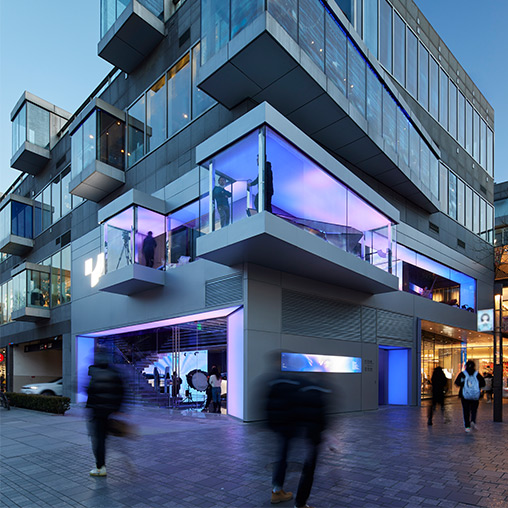
Jidu Experience Center
Beijing, China
Jidu Experience Center at Taikoo Li Sanlitun is a next generation brand experience center for the intelligent car 3.0 era.

Caolu Garden City
Shanghai, China
The Shanghai mixed-use development Caolu Garden City is a dynamic hub that blends commerce, business, and residence, and caters to a multi-generational audience
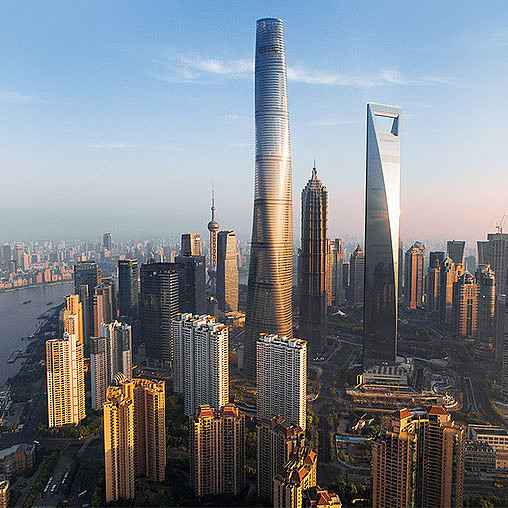
Shanghai Tower
Shanghai, China
The 632-meter Shanghai Tower, designed by Gensler, ranks as China’s tallest building and showcases cutting-edge sustainable strategies.
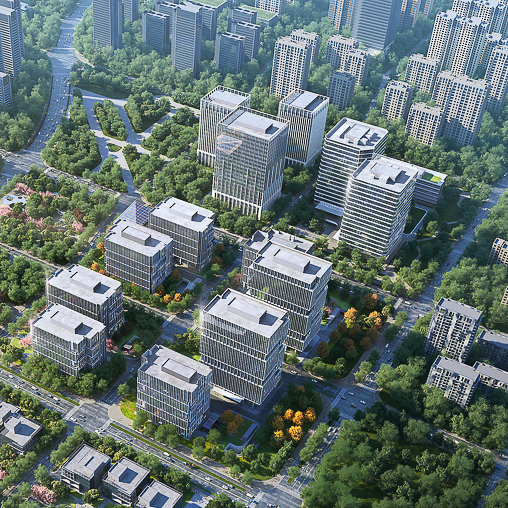
Shoucheng Prospect Park Carbon-Neutral Pavilion
Beijing, China
Shoucheng Prospect Park is the first zero-energy building in Beijing that can reach annual carbon reduction of 96 tons and annual carbon emissions of 52 tons.
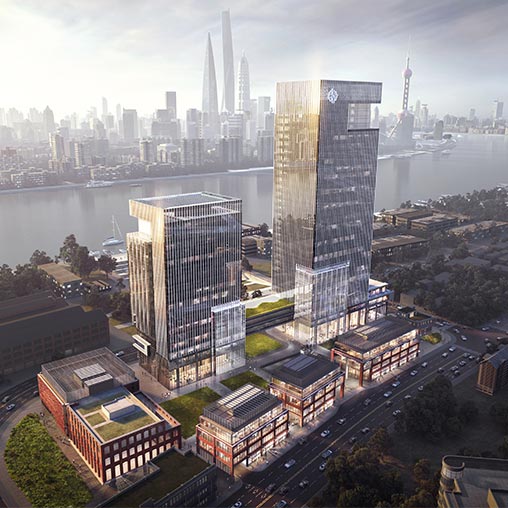
CCCC Riverside Plaza
Shanghai, China
Located at the heart of the Yangpu Waterfront, the CCCC Riverside Plaza is a future work-learn-play-culture destination and an unprecedented new landmark.
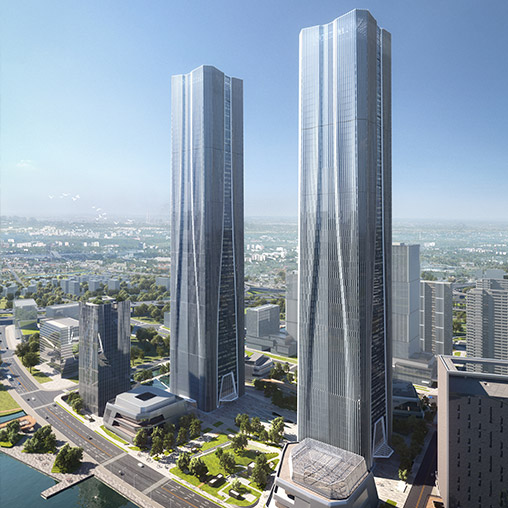
Zhangjiang Twin Towers
Shanghai, China
Zhangjiang “Gate of Science,” the tallest twin towers in Shanghai, will become a city landmark and symbol of technological strength and innovation.
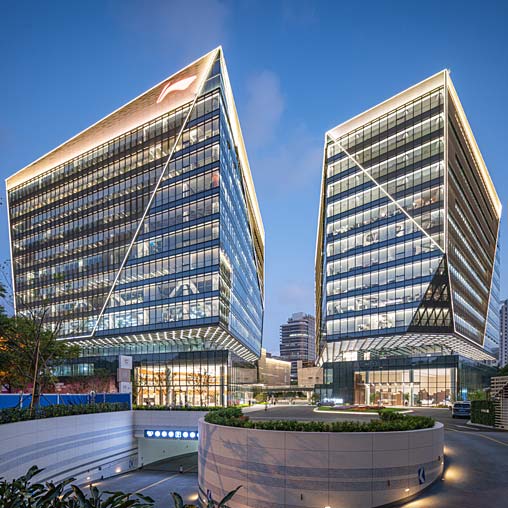
C·PARK Haisu
Shanghai, China
C·PARK Haisu has become a cultural gathering spot where office and retail meets art and public space to create a bustling new district.
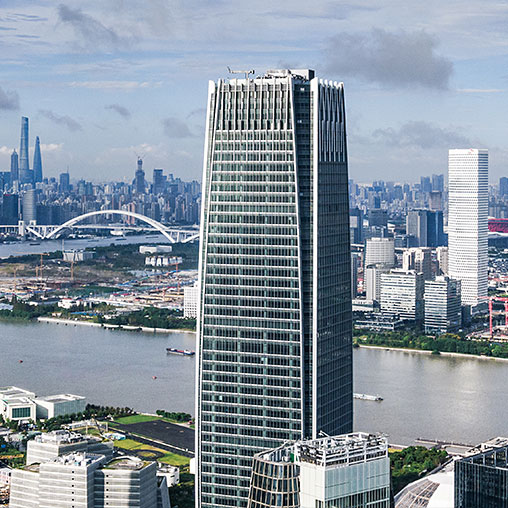
Lumina Shanghai
Shanghai, China
Situated in Shanghai’s Xuhui district, Henderson Land Group’s new commercial office building Lumina Shanghai anchors the DreamCenter, an emerging commercial and business hub.
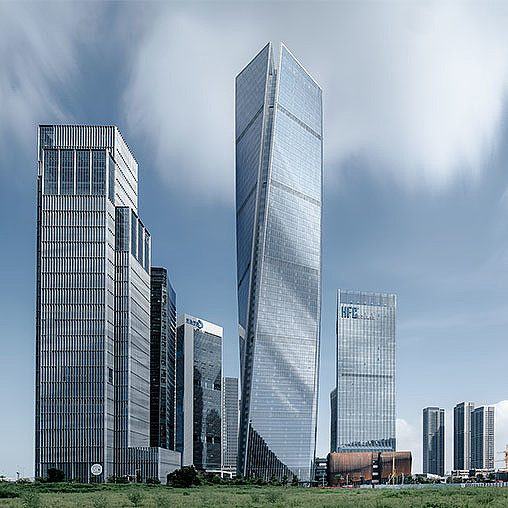
Qianhai Shimao Tower
Shenzhen, China
Gensler’s winning design competition entry comprises a 150,000-square-meter, mixed-use highrise in the booming Qianhai special economic zone.
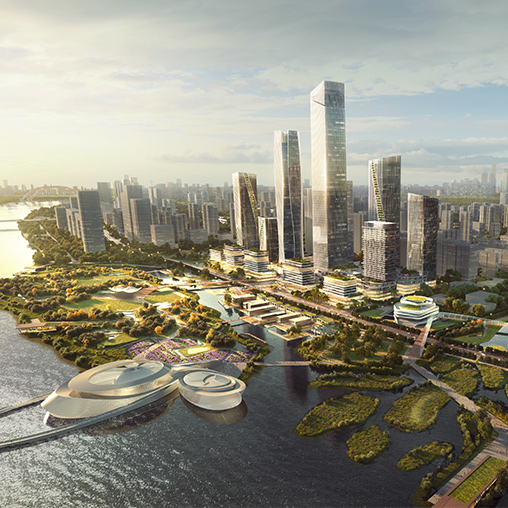
Haizhu Innovation Bay
Guangzhou, China
Haizhu Innovation Bay envisions a hub for innovation-leading enterprises that will attract both talent and tourism as a new destination in Lijiao at the intersection of Guangzhou City Central Axis and Pearl River.

UGG Xintiandi Flagship Store
Shanghai, China
The new UGG Xintiandi flagship in Shanghai, designed by Gensler and Deckers, is an immersive experience retail space centered on community and brand building.
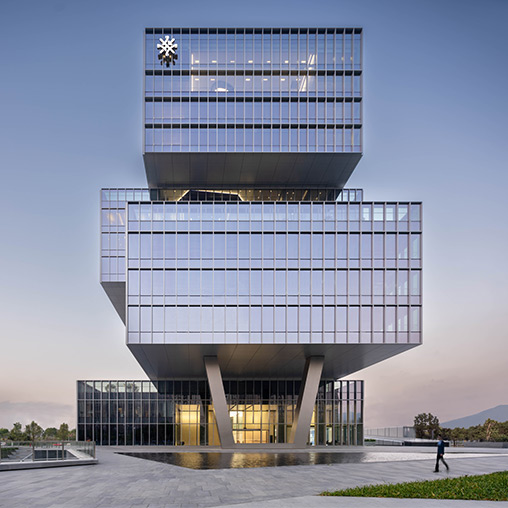
Highsun Headquarters
Fuzhou, China
Highsun Group’s new headquarters is positioned as a city landmark that conveys the group’s heritage, culture, and philosophy of putting people first.
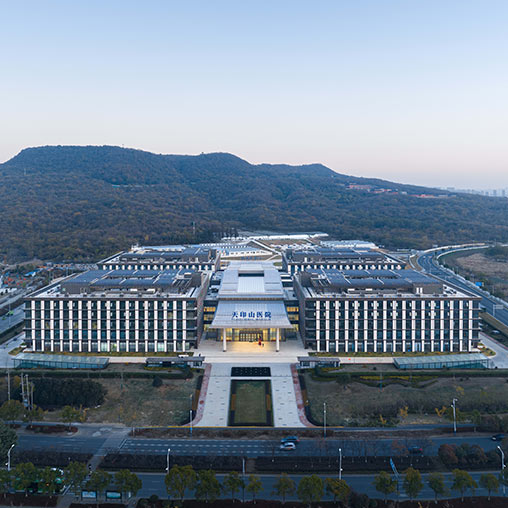
Nanjing Tianyinshan Hospital
Nanjing, China
The Nanjing Tianyinshan Hospital integrates clinical healthcare, medical education, and technological innovation in a modern, state-of-the-art facility.
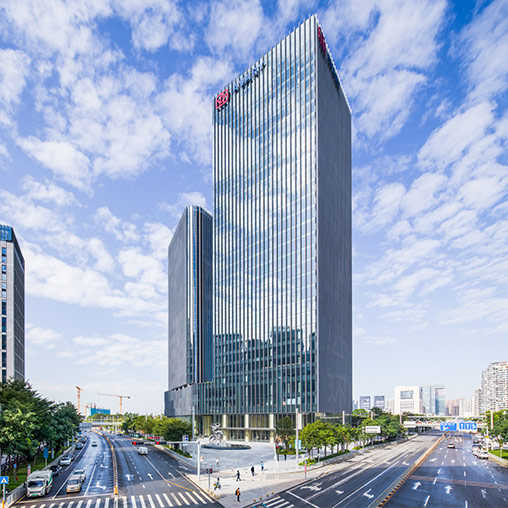
Avary Time Center
Shenzhen, China
The Avary Time Center reflects a modern interpretation of traditional culture that reevaluates the impact that buildings have on dwellers and communities.
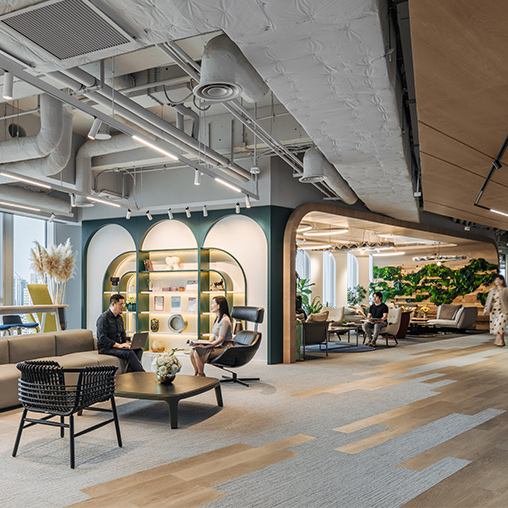
HWS-Haworth Customer Experience Centre
Shanghai, China
Designed by Gensler, the HWS-Haworth Customer Experience Centre by The HWS Group is redefining brand showroom through a human-centric design.
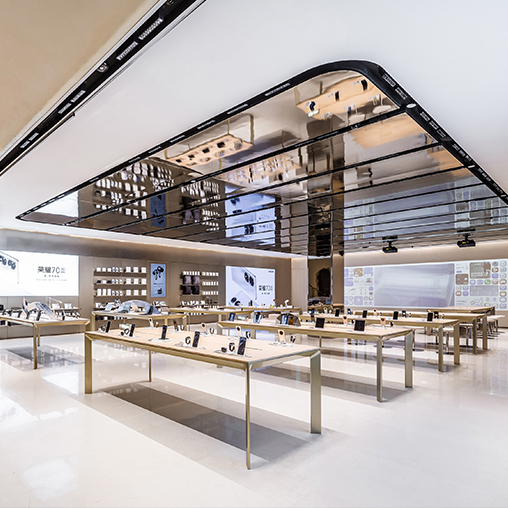
Honor Life Store
Taiyuan, China
Gensler collaborated with Honor, one of the largest smartphone brands in China, to create a new experiential retail format designed to show off the lifestyle possibilities of the wide breadth of Honor’s technology products.
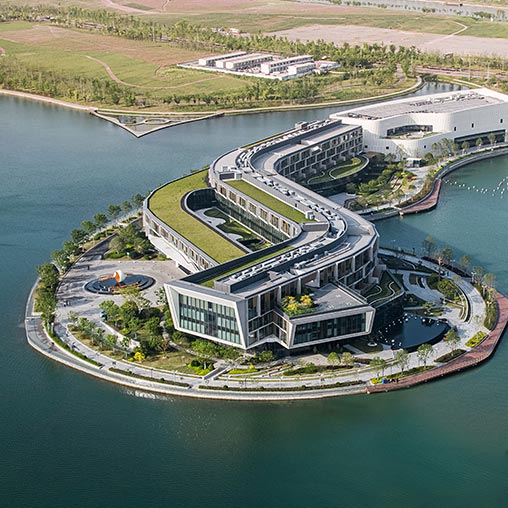
JW Marriott Hotel, Shanghai Fengxian
Shanghai, China
JW Marriott Hotel, Shanghai Fengxian matches the surrounding water and greenery-filled views with a unique building design that emphasizes fluidity, harmony with nature, and design performance that drives user experience.
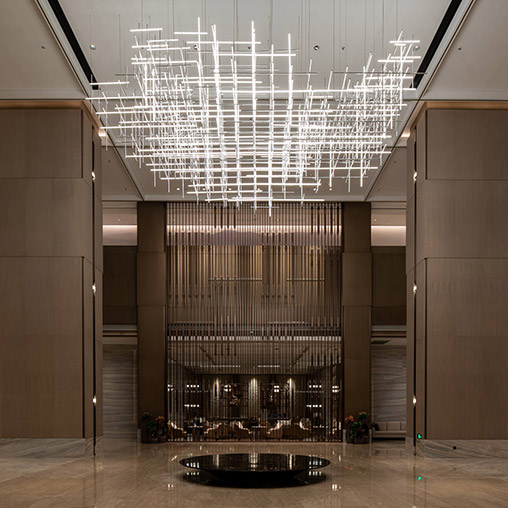
Wenzhou Marriott Hotel
Wenzhou, China
The Wenzhou Marriott Hotel is inspired by the city’s natural beauty with a hotel design by Gensler that evokes a modern, calm aesthetic.
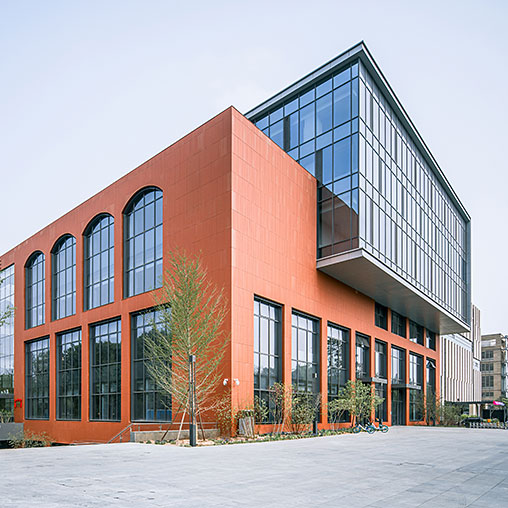
Tsinghua University School of Economics & Management
Beijing, China
Gensler’s design of the Tsinghua University School of Economics & Management campus building celebrates connectivity and serendipitous interactions through walkways, greenery, and landscaped spaces.
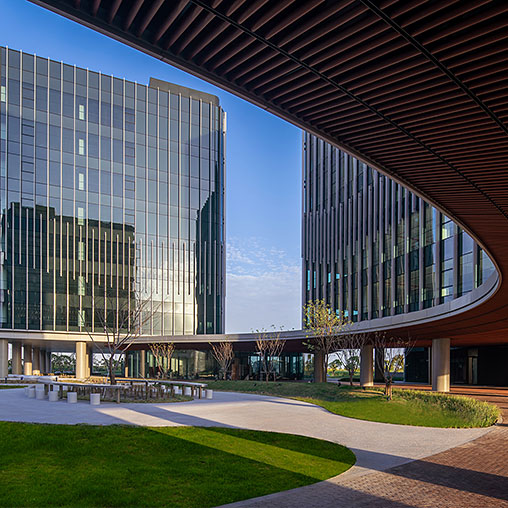
Lingang Sci-Tech City Innovation Cube Phase I: Zhijing Technology Center
Shanghai, China
Lingang Sci-Tech City is a multi-tenant R&D community in Shanghai that features a winding loop that connects the six buildings in the campus, creating a greenery-filled space that stimulates synergy and sharing.
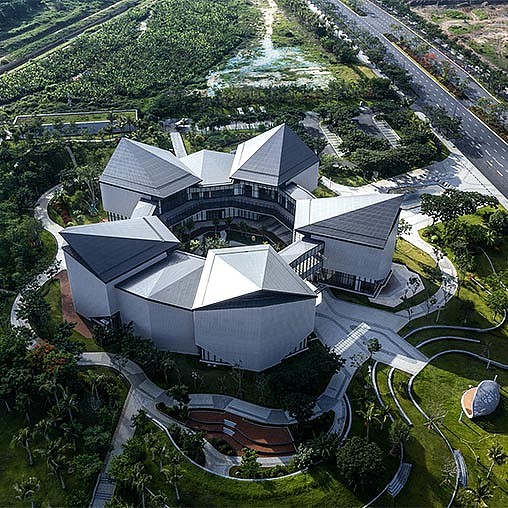
Sanya Yazhou Bay Science and Technology City
Sanya, China
Sanya Yazhou Bay Science and Technology City Industry Promotion Center is the gateway to the entire CMG Deep Ocean Technology City, which is dedicated to promoting the latest deep sea ocean research.

Shunfeng Hangzhou Innovation Center
Hangzhou, China
The Shunfeng Hangzhou Innovation Center is an industrial innovation platform created by the SF Group, that balances technological advancement and a rootedness in its local historical and geographic context through its modern campus design
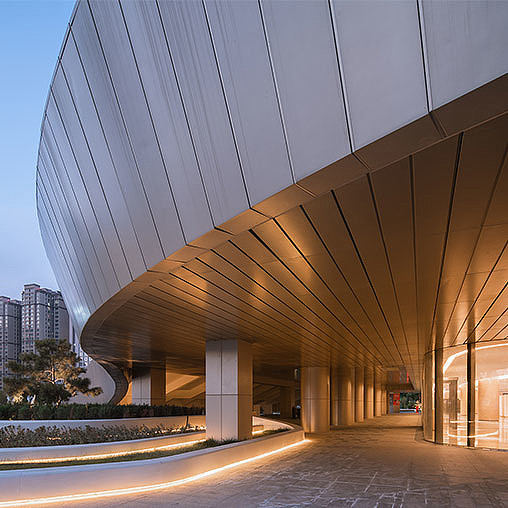
Yulin Grand Theatre
Yulin, China
Yulin Grand Theatre is a 41,500-square-meter cultural destination with art galleries, shopping centers, hotel, and residential spaces. The design, rooted in the concept of a 'culture valley,' explores the relationship between art and culture as a generator of creativity, education, economic development, and tourism.

Anta Shanghai Flagship
Shanghai, China
Anta's next-generation flagship in Shanghai features an Olympic-themed store design that adheres to Anta's "Keep Moving" brand statement.

Cadillac House
Shanghai, China
Building off the success of the Gensler-designed Cadillac House Soho in New York, Cadillac House in Shanghai is a synergistic effort accomplished across...
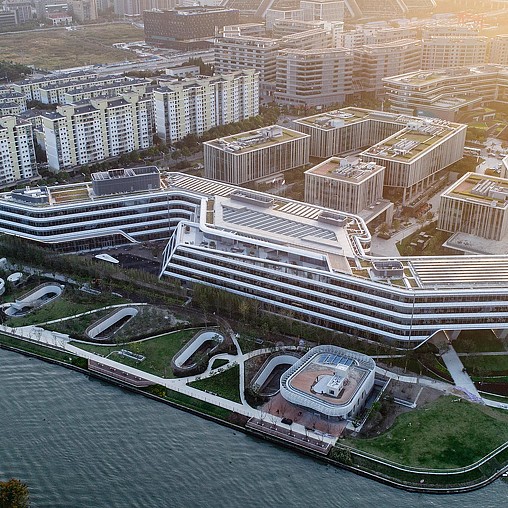
Johnson Controls Headquarters, Asia Pacific
Shanghai, China
Johnson Controls' Asia Headquarters creates flexible work neighborhoods surrounding an atrium that encourages collaboration and a commitment to sustainability.
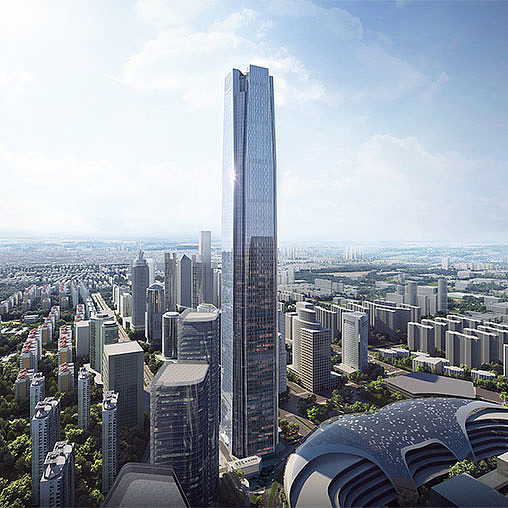
Suzhou Zhongnan Center
Suzhou, China
Upon its completion, the Suzhou Zhongnan Center will stand at 499 meters tall, offering impressive views of Jinji Lake and Suzhou's skyline.

Kunming Changshui Airport
Kunming, China
Kunming Transport Ecosystem, a 17 million-square-foot transit-oriented mega complex, features two hotels, a bus terminal, a high-speed rail station, two subway stations, and a regional rail station that connects the region to the world’s air routes.

Shougang Ice Hockey Arena
Beijing, China
Located in a sprawling former industrial steel plant that has been adapted into a national winter sports training campus, the Shougang Hockey Arena is a facility dedicated to producing top-level talent in pursuit of Gold at the 2022 Beijing Winter Olympics.
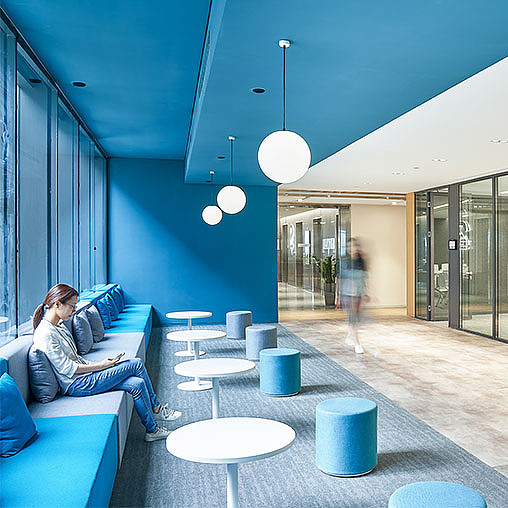
Xiaomi Beijing Headquarters
Beijing, China
Xiaomi Mobile Internet Industrial Park, a 348,000-square-meter headquarters spanning across eight buildings, marks a critical moment in the evolution and growth of Xiaomi, a young company that is already a top player in the smartphone and technology industries.

Kunshan MiXC
Kunshan, China
The Kunshan MiXC retail center challenges the mold of the giant air-conditioned retail box by offering a true lifestyle center complete with a series of relaxing gardens to encourage visitors to linger and enjoy their shopping experience.
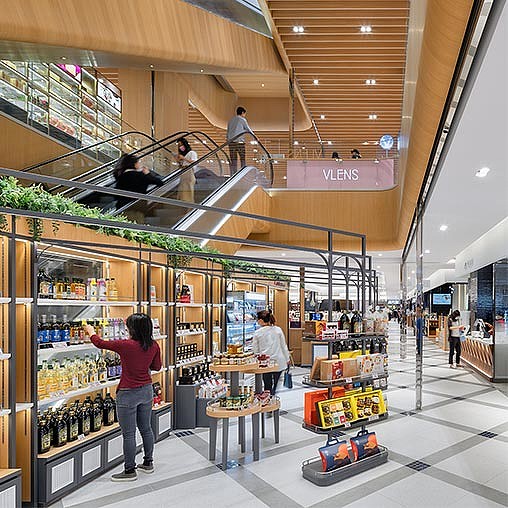
Far Eastern Group A13 Department Store
Taipei, Taiwan
The Far Eastern Department Store, a brand deeply rooted in Taiwan’s history, partnered with Gensler to refresh and reimagine its store design concept at its new A13 Store in the Xinyi commercial area.
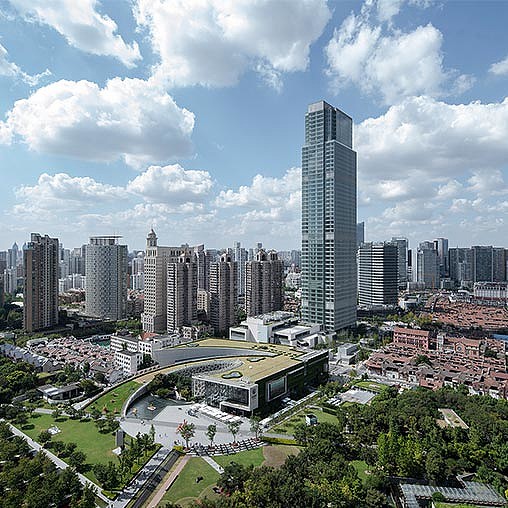
One Museum Place
Shanghai, China
One Museum Place is a LEED Platinum, pre-certified, Grade A office and retail tower, designed by Gensler, at the heart of the Jing'an district.
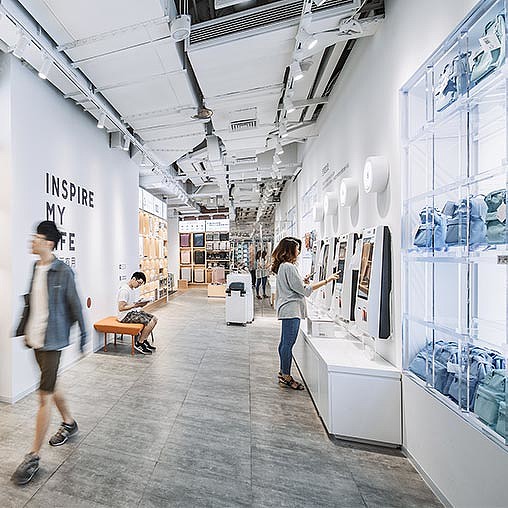
Taobao Choice
Hangzhou, China
Taobao, a subsidiary of the e-commerce company Alibaba Group, uses data-driven insights to filter and generate personalized choices for online customers.
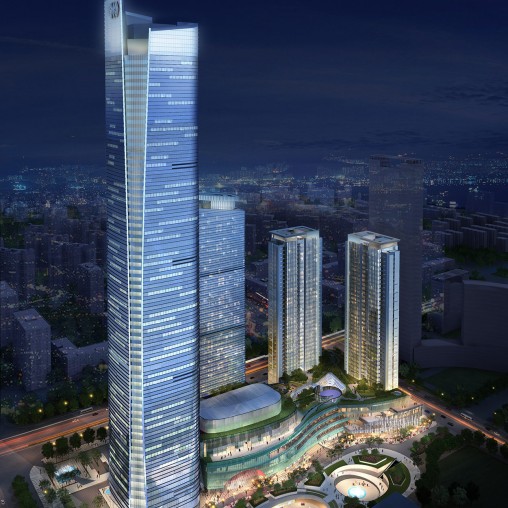
Nanjing World Trade Center
Nanjing, China
This mixed-use project occupies one of four sites within a spine of new commercial and residential developments in the proposed Nanjing Hexi CBD. Comprising...
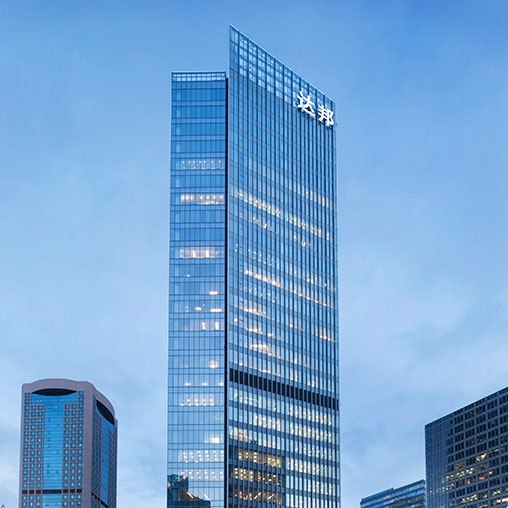
WPP Campus
Shanghai, China
The second phase of a three-phase mixed-use development for this large communications services group, this new campus brings together 26 WPP group companies...
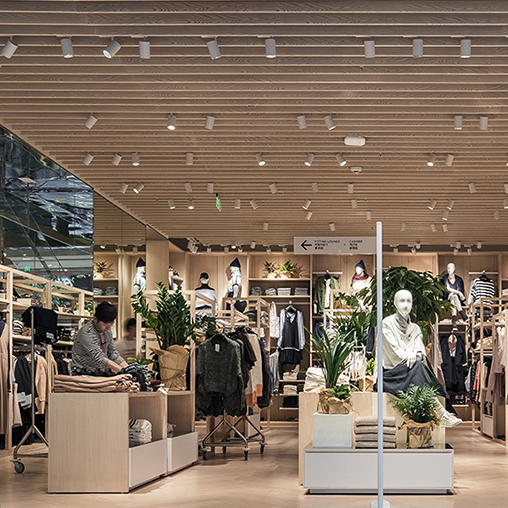
8Seconds
Multiple Locations
To expand its global presence, Korean fast fashion brand 8Seconds partnered with Gensler to develop a prototype for its new stores in Shanghai and Seoul...

Portman Ritz-Carlton
Shanghai, China
To honor its legacy as an epicenter for commerce and business, and its pedigree as the first foreign luxury hotel in China, Gensler restored the Portman...
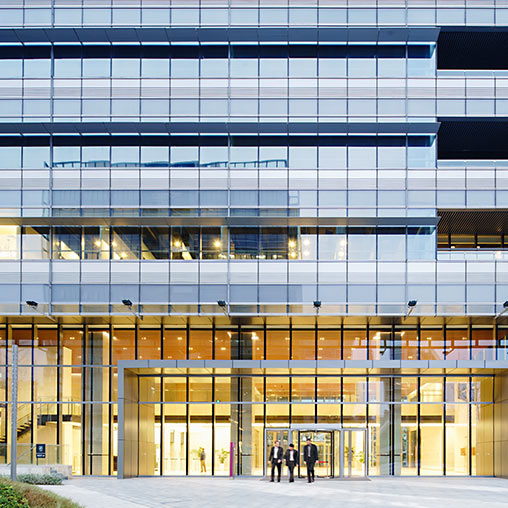
KIC Plaza
Shanghai, China
Amid 14 universities and 65 research institutes in Shanghai’s Yangpu district, this one million-square-meter mixed-use development houses technology...

Atto Primo
Shanghai, China
To meet Chinese consumers’ increasing appetite for fine dining options, the design of this new Shanghai restaurant integrates chef Gianluca Serafin’s deep...

Xiamen Shimao Straits Tower
Xiamen, China
Inspired by the grace and simplicity of Xiamen’s city flower, the triangular-shaped Plum Blossom, this mixed-use development represents both the city’s unique culture and its rapid economic development.
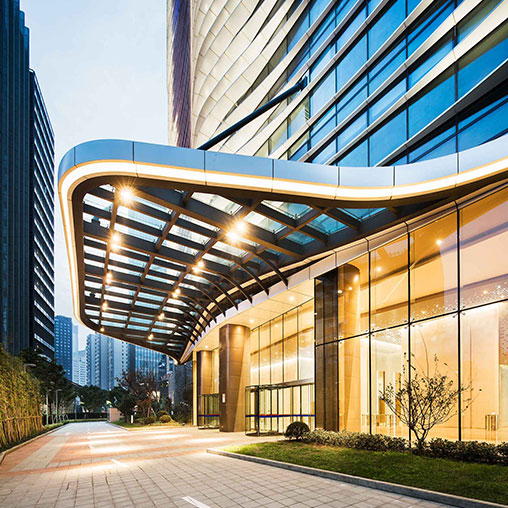
Pujiang International Financial Plaza
Shanghai, China
For the public spaces of the Pujiang International Finance Plaza—an impressive tower to be located in one of Shanghai’s emerging districts—Gensler increased...

Chongqing Tianhe Tower
Chongqing, China
Nestled between two mountain ranges at the intersection of the Yangtze and Jialong Rivers, Chongqing is famous for its natural beauty. Here, the rivers’...
REGIONAL & OFFICE LEADERSHIP
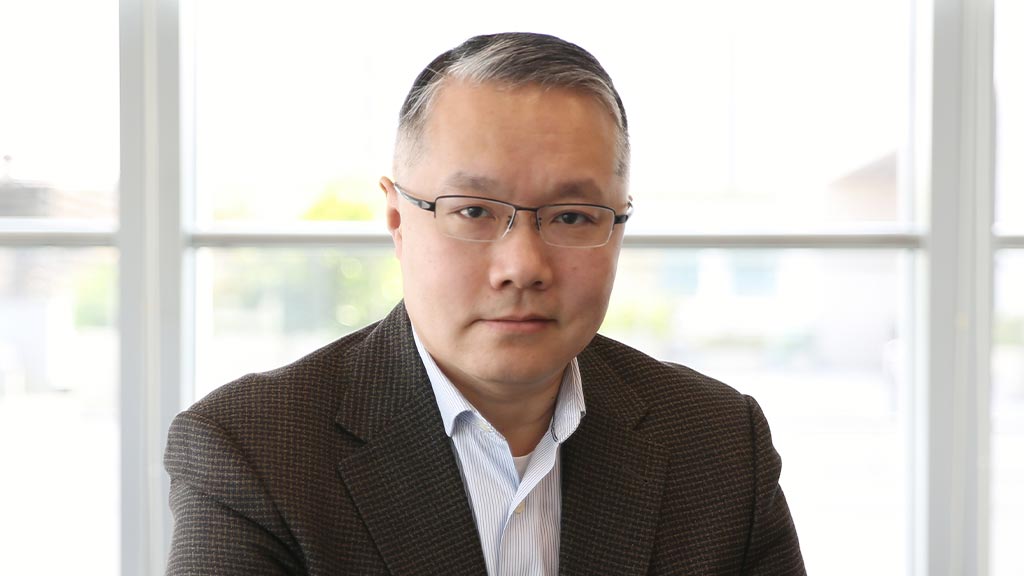
Ray Bai
Regional Managing Principal, Regional Practice Area Leader
Ray Bai is a Regional Managing Principal and Regional Practice Area Leader for Gensler’s Greater China region, with 25 years of design and management experience in both China and the U.S.

Jennifer Liu
Managing Director, Principal
Jennifer is a Principal and Co-Managing Director of Gensler’s Shanghai office. A registered architect with more than 20 years of experience, Jennifer is recognized for her lead...
LEADERSHIP
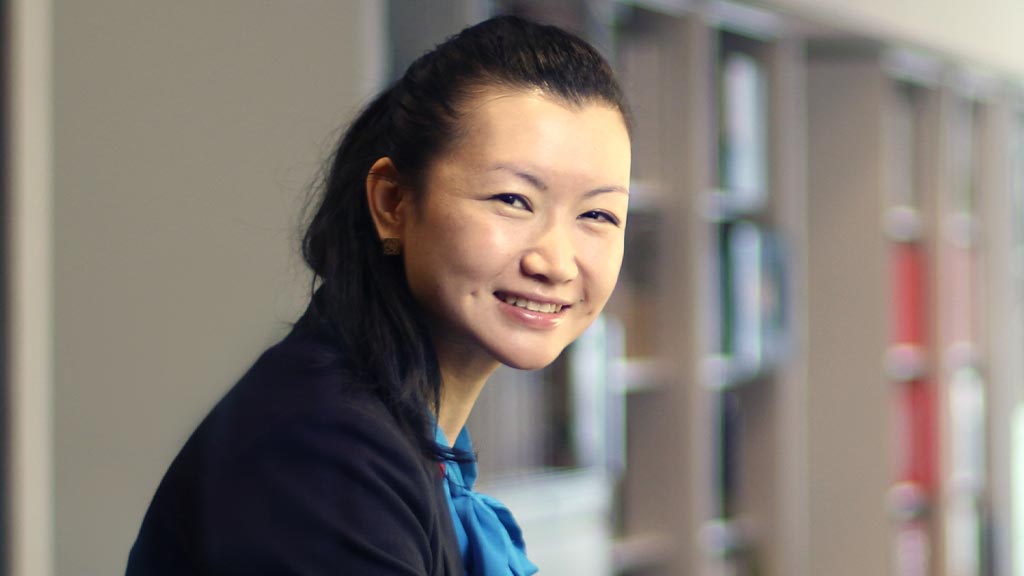
Amber Sun
Client Relationships Leader, Principal
Amber Sun is the Client Relationship leader in Gensler’s Shanghai office.

Chihwei Lee
Senior Medical Planner
Chihwei Lee is a Senior Medical Planner based in Gensler’s Shanghai offices, who brings extensive experience in both international and local healthcare projects.

Eric Liao
Hospitality Leader, Project Director
Eric Liao is a Hospitality Leader for Gensler’s Greater China region and Project Director who specializes in embedding operational intelligence into design, achieving a dynamic balance between business performance and aesthetic spaces.

Freck Qin
Studio Director, Principal
A Principal in Gensler’s Shanghai Office, with close to 20 years of design and project management experience in both global and local context, Freck is our Workplace Studio Dire...

Hasan A. Syed
Design Director, Principal
Hasan Syed is a Principal and Design Director in Gensler’s Shanghai office who promotes a culture of design exploration and the open exchange of new ideas.

Hung-Chih Liu
Global Director of Cities & Urban Design
Hung-Chih Liu brings nearly 30 years of experience in urban design and planning, with expertise spanning the U.S., China, and Southeast Asia.
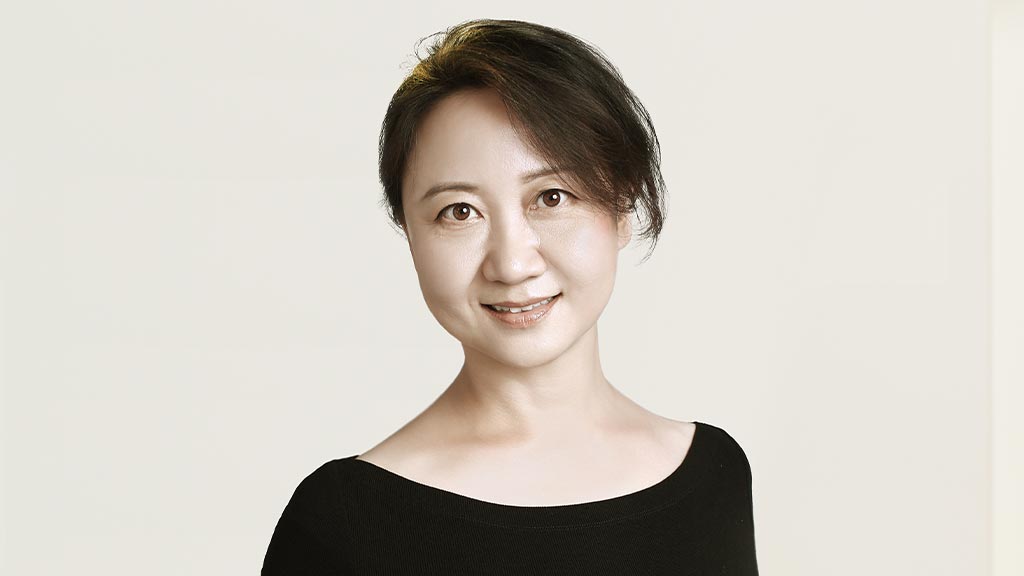
Jing Chang
Co-Studio Director, Principal
Jing Chang is a Co-Studio Director and Principal in Gensler’s Shanghai office with over two decades of experience in architecture.
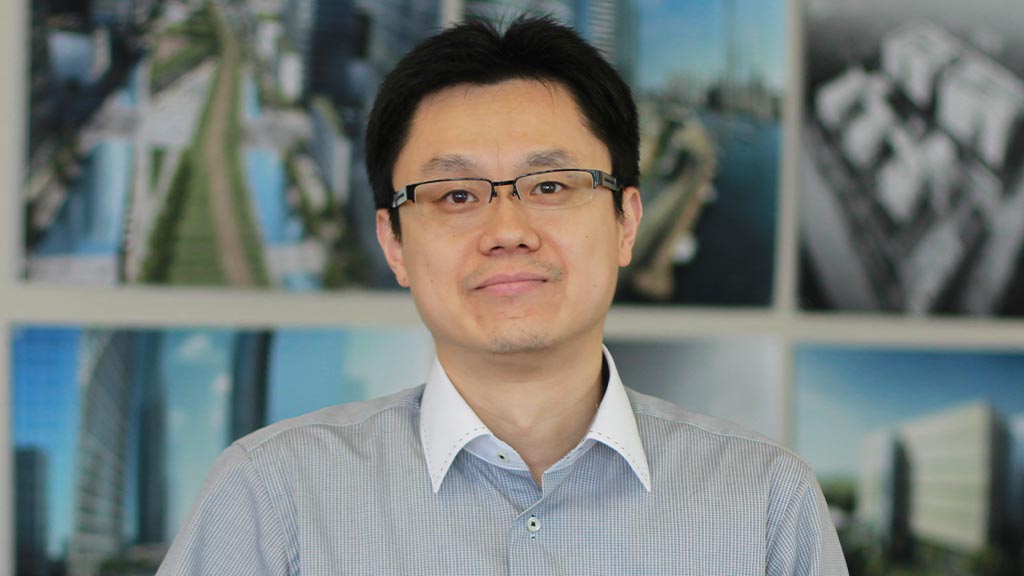
Joe Fan
Technical Director, Principal
With more than 20 years of experience in architectural design and construction, Joe serves as a Technical Director with a portfolio of award-winning projects that range from com...
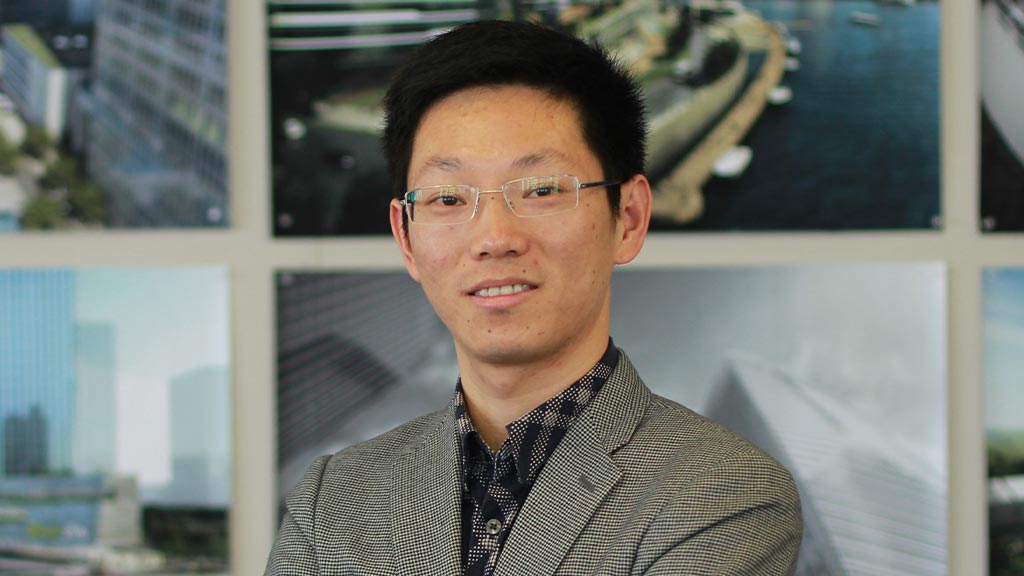
Raymon Chen
Technical Director, Principal
A Technical Director based in Gensler’s Shanghai office, Raymon has more than 20 years of experience in architectural design in China. Raymon specializes in high-rise buildings ...
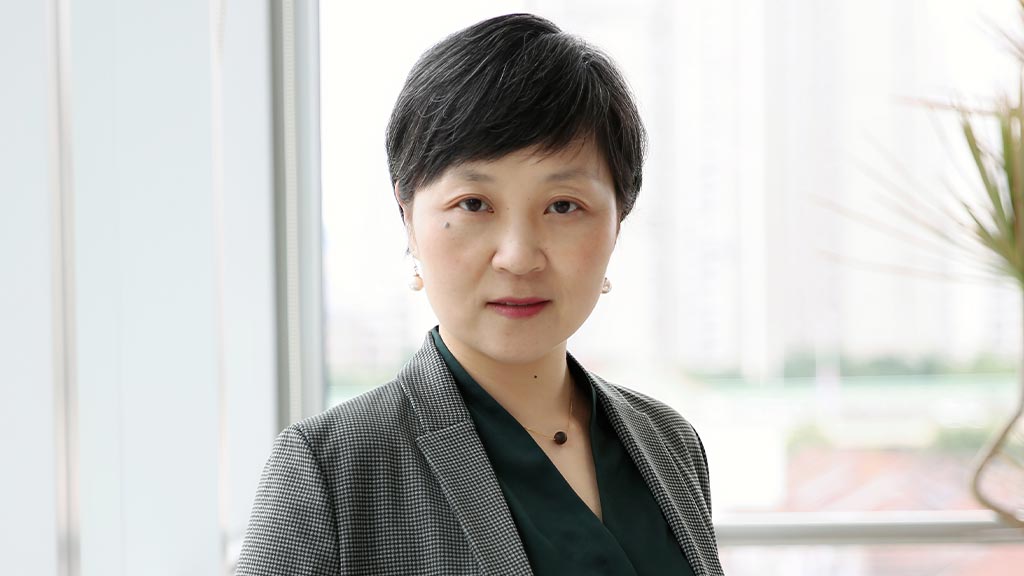
Susie Zhang
Large Project Committee Leader, Project Director, Principal
Susie Zhang is a Project Director and Principal in Gensler Shanghai who is well known for her expertise in tall building and large-scale developer projects.

Yun Hsueh
Studio Director, Building Transformation & Adaptive Reuse Leader, Principal
Yun Hsueh is a Studio Director in Gensler Shanghai who excels at merging aesthetics with functionality to improve the business performance of her clients.

Yan Ding
Education Leader, Project Director
As the leader of Gensler’s Education practice in the Greater China region, Yan Ding leads his team in exploring global best practices and research in the field of education.
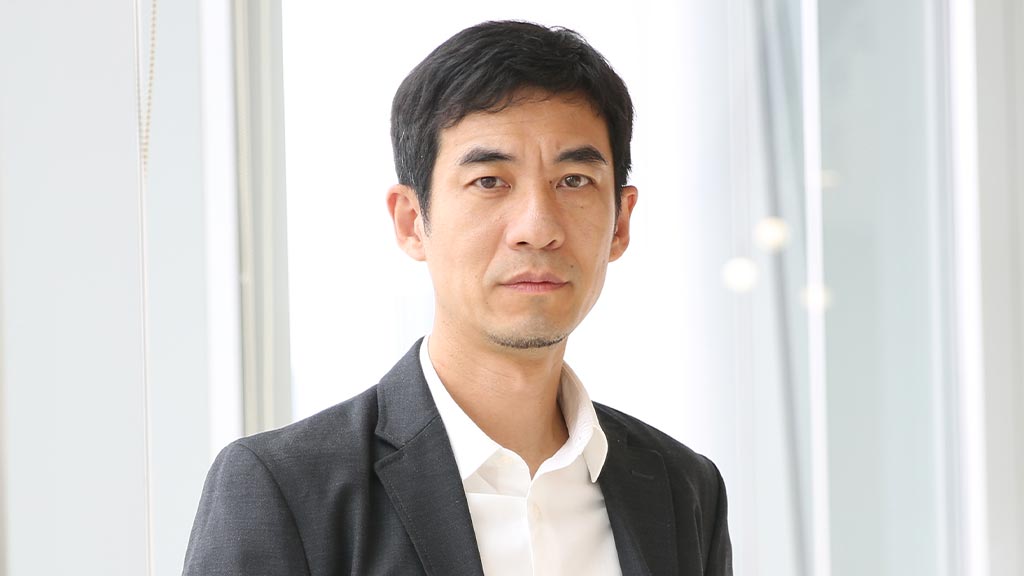
Zhen Cheng
Co-Studio Director, Principal
Zhen Cheng is a Co-Studio Director at Gensler with over 20 years of architectural design and project management experience.
NEWS

Gensler-Designed Zhangjiang Science Gate Twin Towers Wins CTBUH Best Tall Building Award
The Council on Tall Buildings and Urban Habitat recognized Zhangjiang Science Gate Twin Towers with the award for Best Tall Building (300 meters and above) at the 2025 CTBUH International Conference.
October 08, 2025
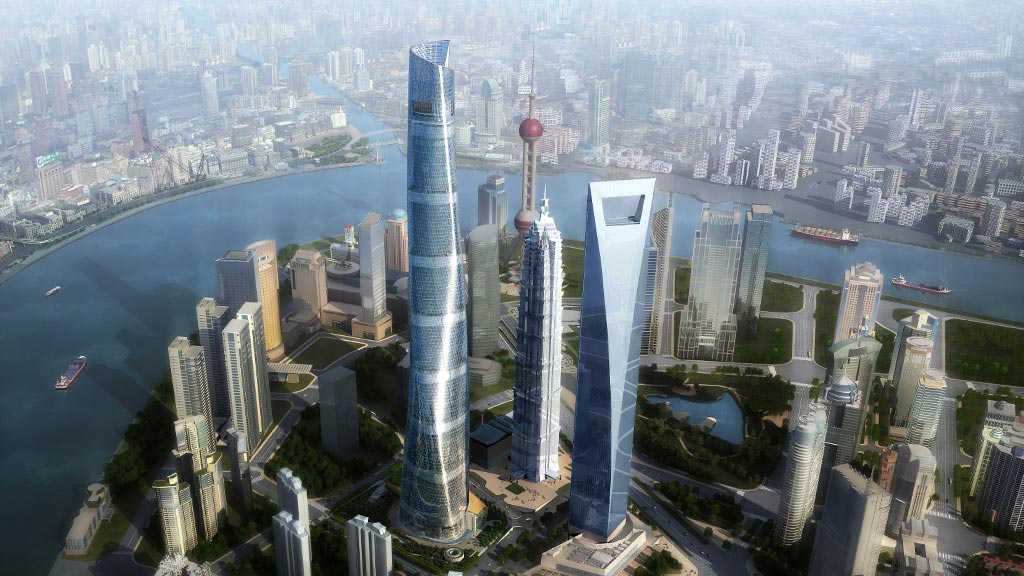
Gensler-Designed Shanghai Tower Recognized With CTBUH 10-Year Award
The Council on Tall Buildings and Urban Habitat recognized Shanghai Tower, designed by Gensler, with the 10-Year Award at the 2025 CTBUH International Conference.
October 08, 2025

Gensler’s Repositioning of JC Plaza Preserves the Urban Texture and Carries the City’s Memory
Gensler conversion of JC Plaza from a hotel to a mixed-use commercial complex and Grade A office building activates the surrounding urban space and enhances its functionality.
June 28, 2025
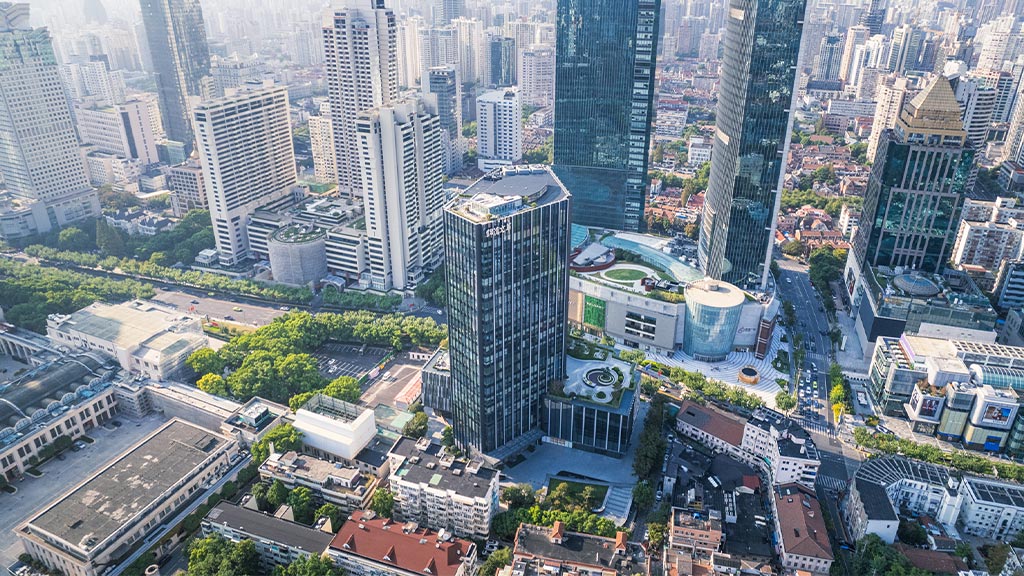
Gensler’s Reimagined JC Plaza Becomes “An Important Part of the Urban Network”
JC Plaza, formerly the Cangzhou Hotel, revitalizes the Shanghai neighborhood and fosters community engagement. Gensler Architect Chong Peng says the building provides “valuable insights for future renewals.”
June 27, 2025
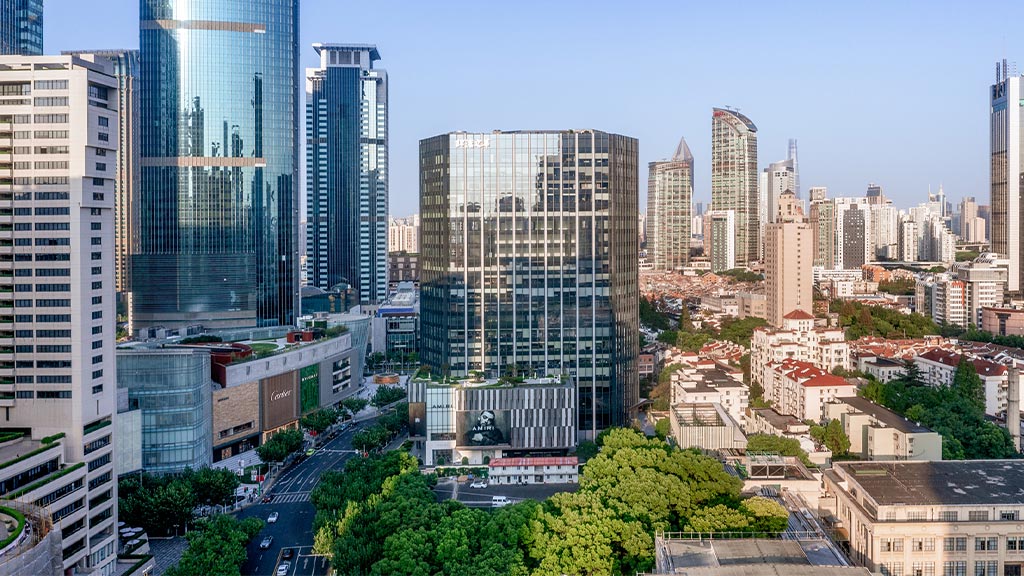
JC Plaza, Reimagined by Gensler, Wins the ASSC Pro+Awards Silver Award in Urban Regeneration
Gensler Design Director Hasan Syed says, “the revitalization of buildings should not only focus on the buildings themselves, but also on the activation of the urban interface.”
June 26, 2025
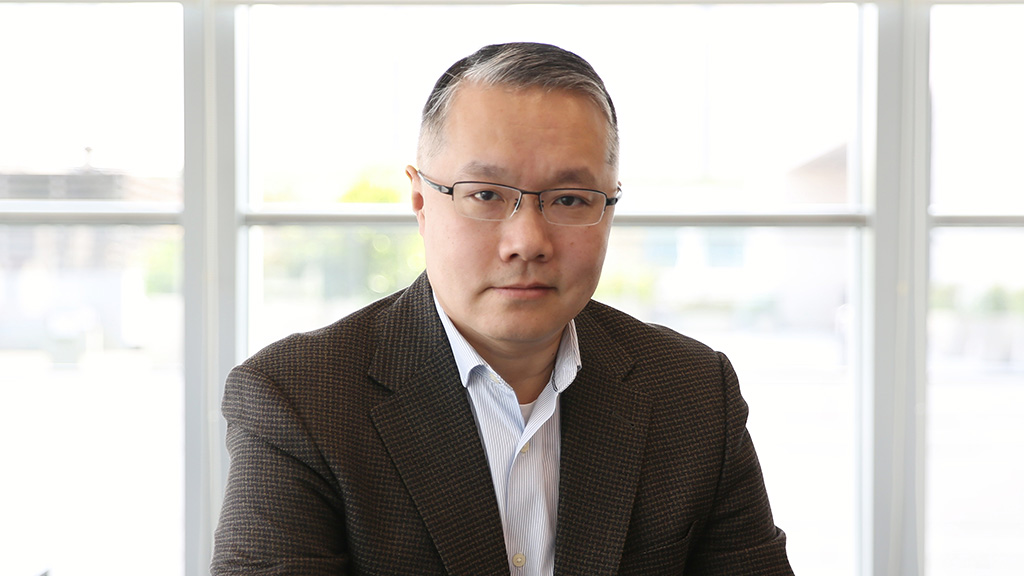
Gensler Announces Ray Bai Will Step Into New Role to Power Growth in the Greater China Region
As Co-Regional Managing Principal of Gensler Greater China, Ray Bai will lead regional strategy, drive business growth, and strengthen presence across key markets while fostering collaboration.
June 03, 2025
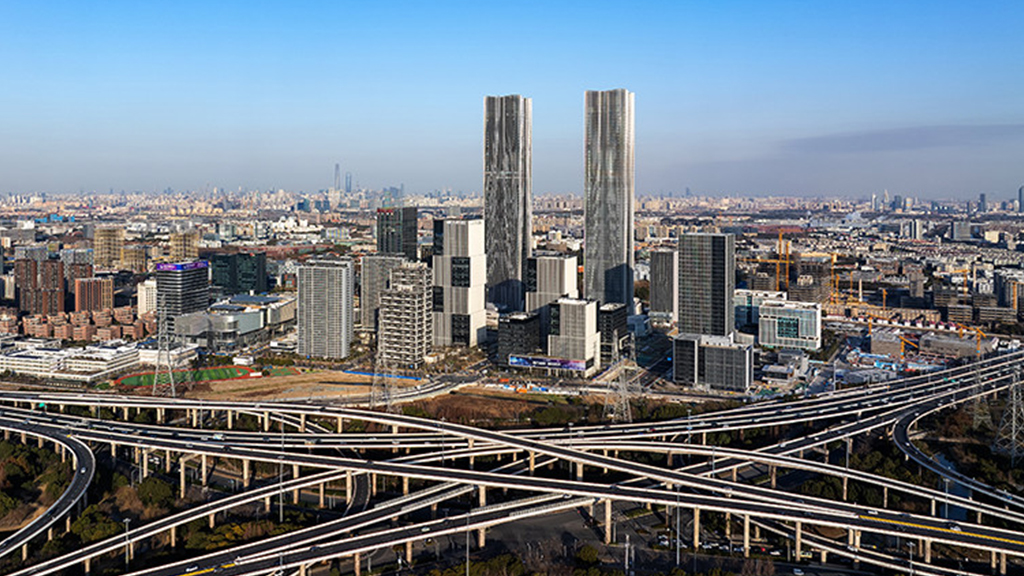
CTBUH Recognized Zhangjiang Science Gate Twin Towers with a 2025 Award of Excellence
The Gensler-designed project is a CTBUH 2025 Award of Excellence winner in the Best Tall Building by Height (300 meters and above) category.
May 20, 2025
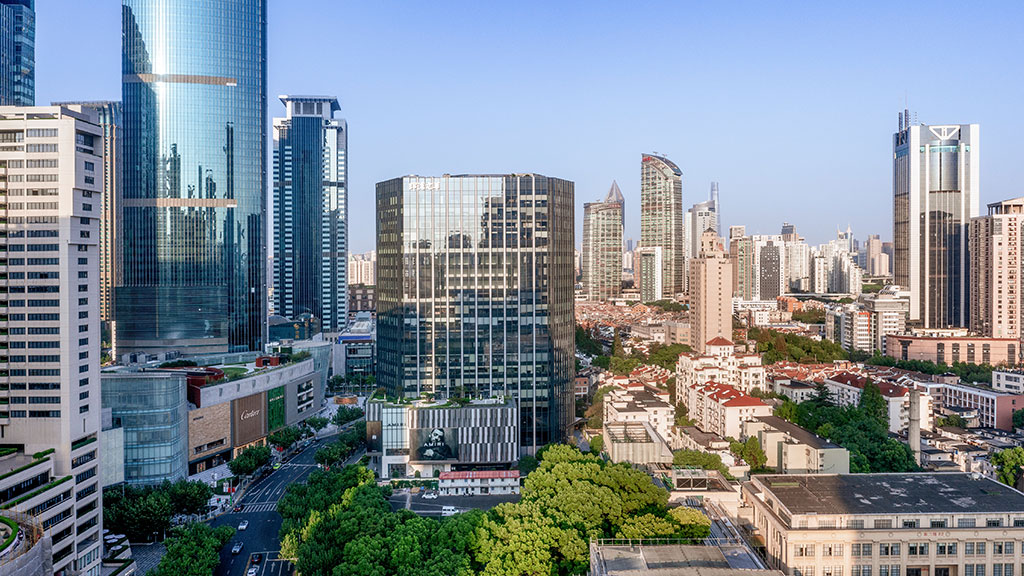
Fresh Ideas for Transforming 1990s High-Rise Buildings
Principal Hasan Syed shared transformative design strategies in Gensler’s renovation of the JC Mandarin Hotel, such as setting the building back, creating open ground-level spaces, and increasing public urban space.
April 26, 2025

Shanghai Tower Featured in Architectural Digest’s List of the 15 Tallest Buildings in the World in 2025
Architectural Digest rounded up the 15 tallest buildings in the world in 2025, including Shanghai Tower, designed by Gensler. Rising 2,073 feet and featuring a twisting shape, it’s the tallest building in China.
April 09, 2025
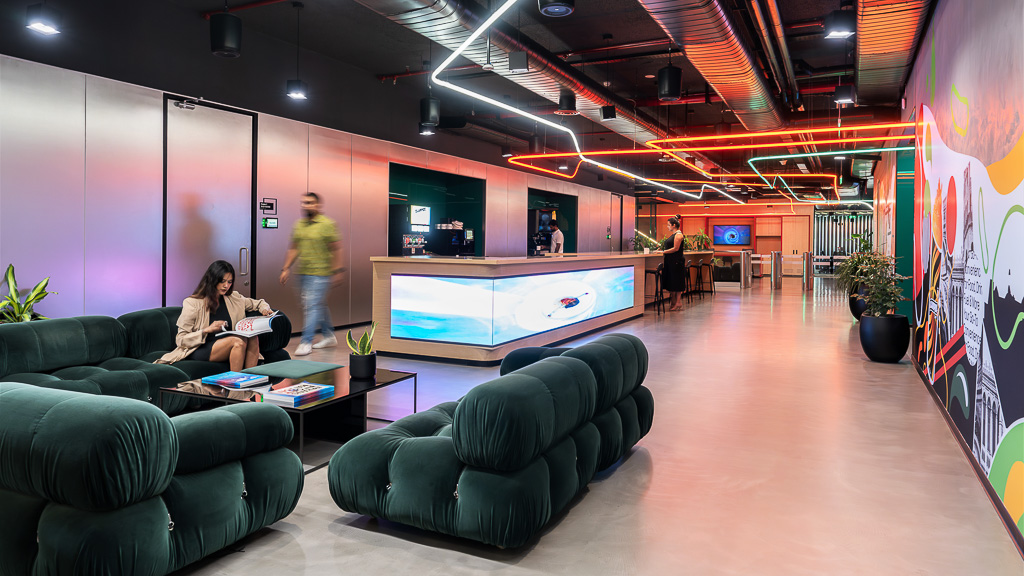
Gensler Ranked #1 on Interior Design’s 2025 Top 100 Giants List
Gensler was also voted the Most Admired Firm by our peers.
March 17, 2025

VMSD Spotlighted Gensler’s Design of the First UGG Flagship Store in China
Retail Leader Richard Chang discussed how the Shanghai store “brings consumers a shopping environment [that] immerses [them] in the brand’s story and culture.”
August 03, 2024
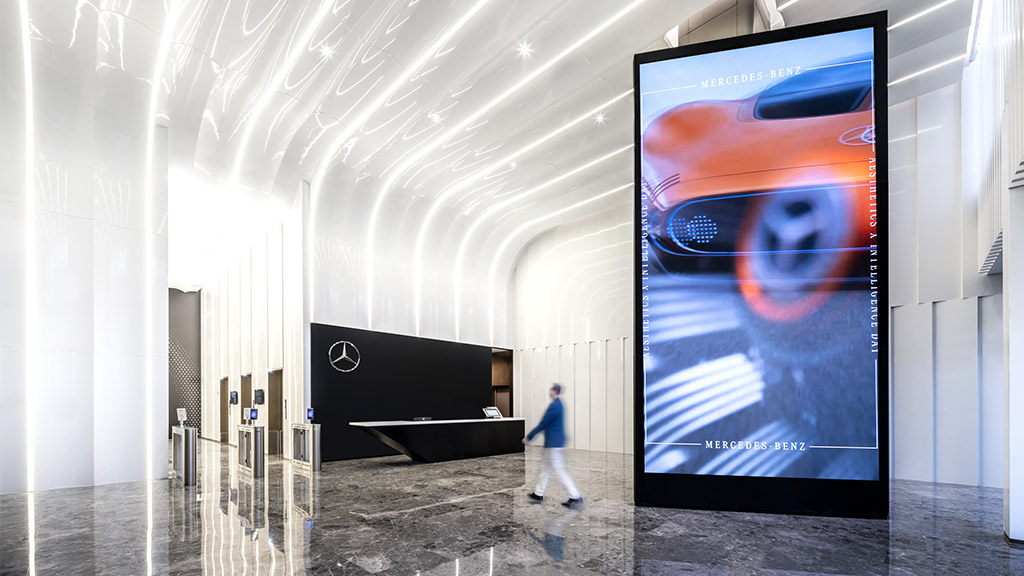
Pacific Rim Construction Spotlighted Gensler’s Design of Mercedes-Benz R&D Center in Shanghai
Mercedes-Benz’s global Digital R&D Center features both a workshop and a workplace, complete with amenities such as a service center, library, meditation space, and exercise room.
July 31, 2024
INSIGHTS
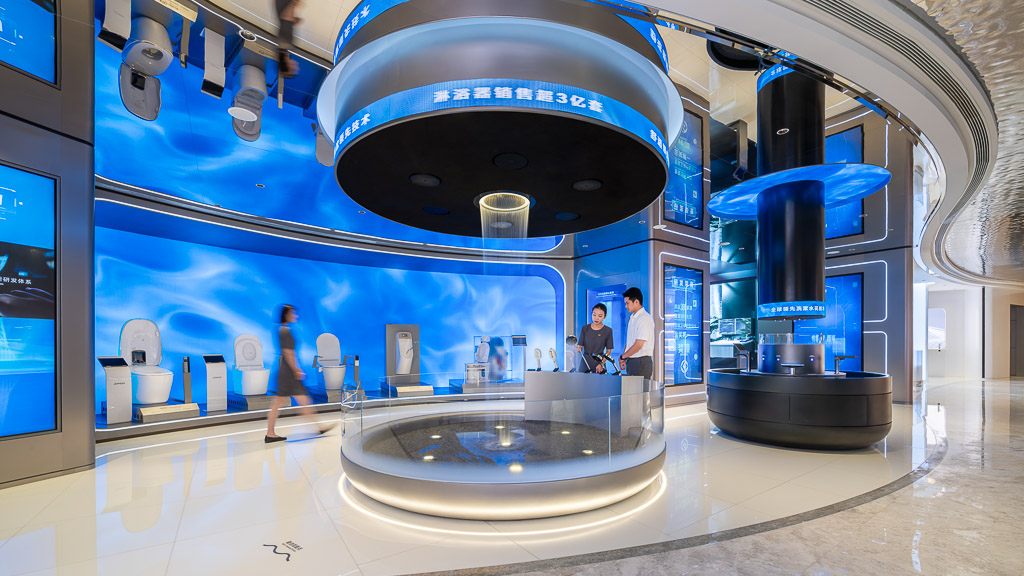
Design Forecast 2026
Geo-Trends: China
China’s real estate market is in the midst of a profound transition with an accelerated pivot toward repositioning assets to add value and investing in healthcare, science, and education facilities. Explore the trends shaping China in 2026.

Design Forecast
Design Forecast 2026
Gensler’s Design Forecast 2026 explores the top global design trends and strategies shaping the future of the built environment. With insights, research, and projects across 33 practices, we help clients elevate the human experience.

Design Forecast 2026
6 Trends Shaping Design in 2026
Discover the most important and actionable themes shaping design in 2026, based on over 100 trends across 33 industries around the world.
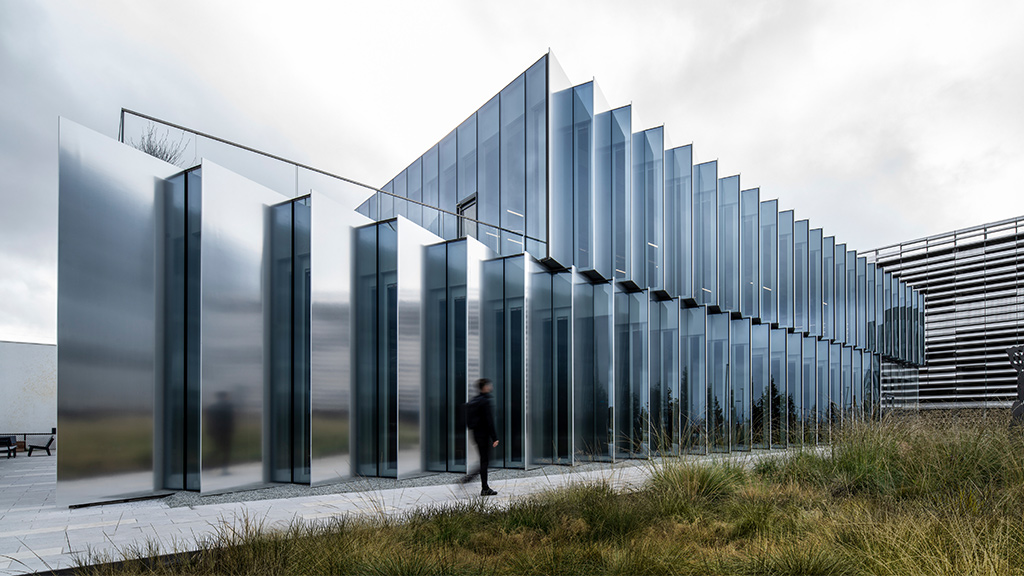
Blog
Six Decades of Creativity: Interior Design Magazine Celebrates Gensler’s 60th Anniversary
The industry publication marks a milestone in the firm’s history with a roundup of global projects and people shaping what’s next in design.
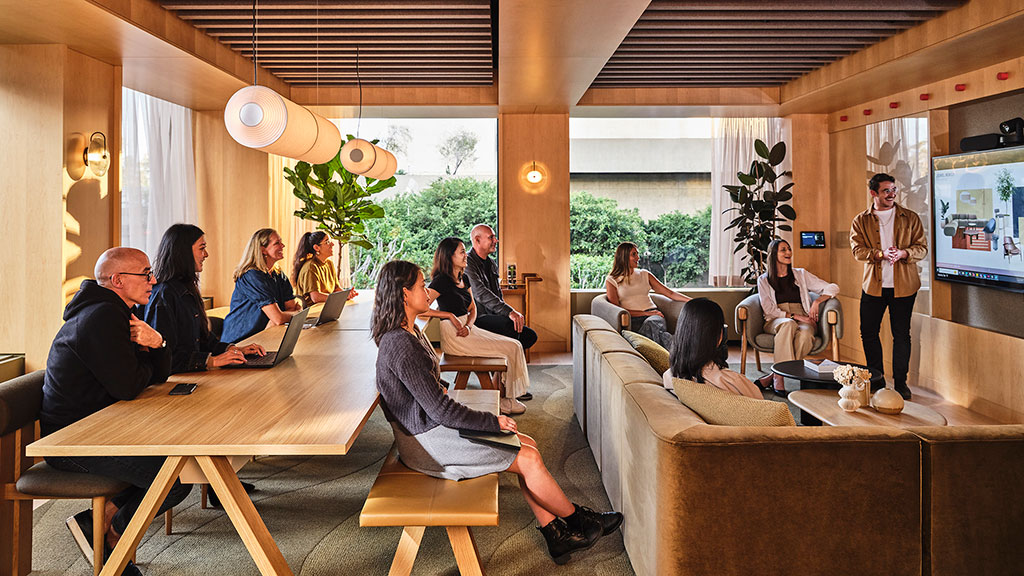
Blog
Designing Workplaces That Work — With Your People
When employees are involved in the planning and design process, the workspaces we create are more effective, engaging, and human.
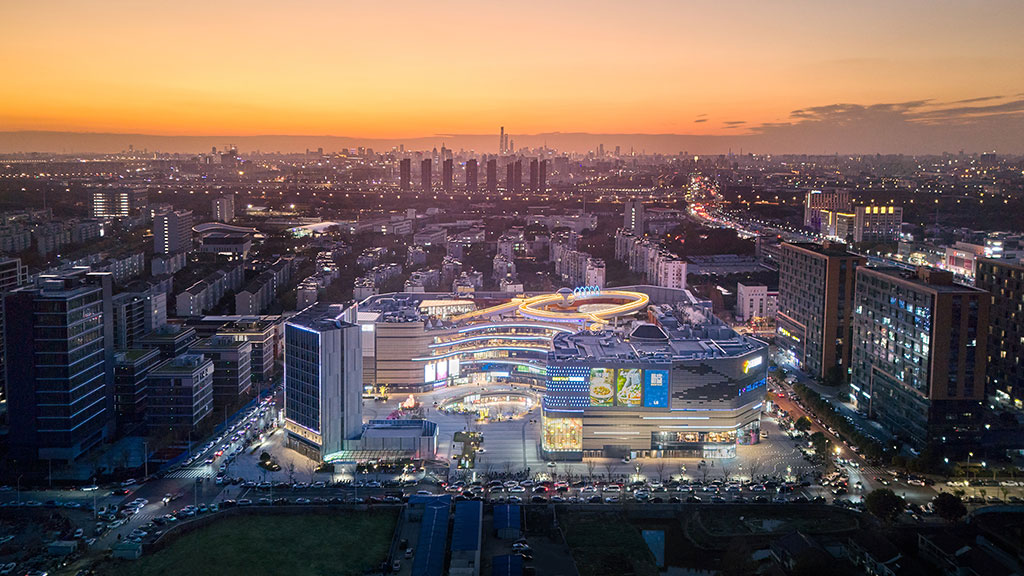
Blog
Reenvisioning Retail Centres: Lessons From China for the Middle East
We explore how key lessons from China’s retail evolution can reshape the future of retail centres in the Middle East.
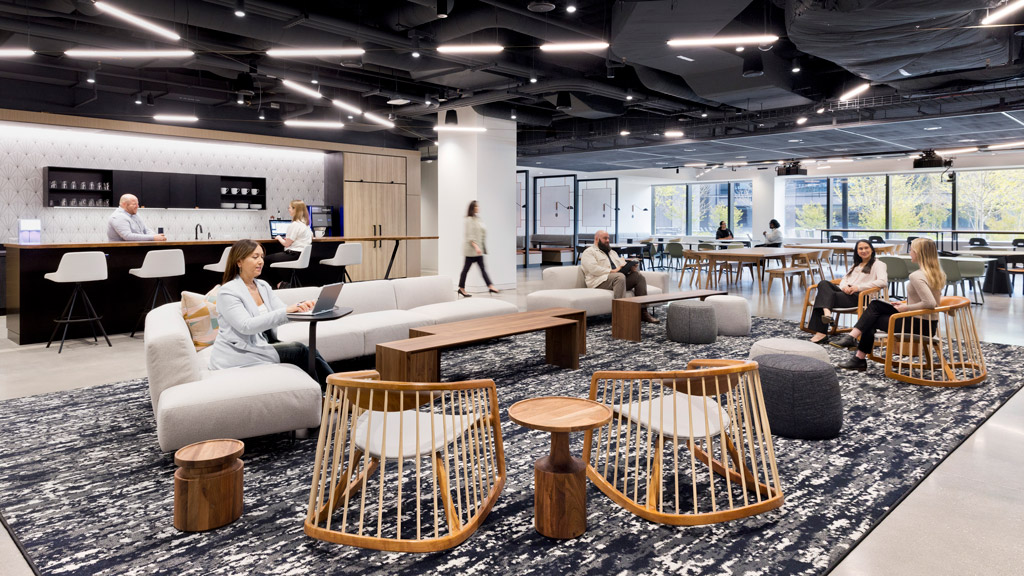
Blog
How the Future of Work Is Influencing Workplace Design
While workplace design changes incrementally, the past few years radically transformed our expectations of an office and how we can design for what’s possible.

Research
City Pulse 2025
Gensler surveyed 33,000 people across 65 cities to uncover what makes a city magnetic — how it attracts new residents and keeps them wanting to stay.
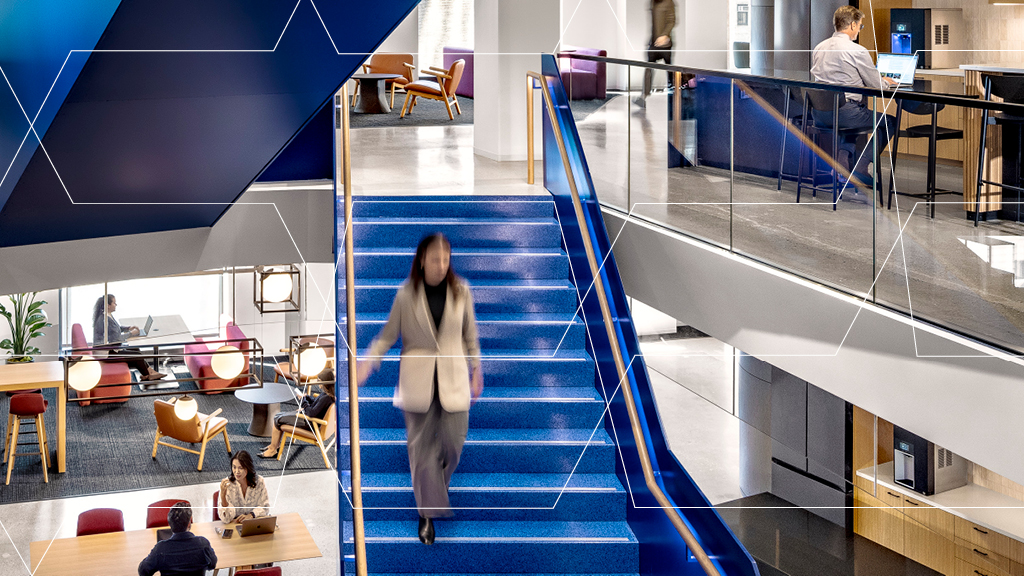
Research
Global Workplace Survey 2025
Gensler’s Global Workplace Survey 2025 reveals the importance of in-person work and insights on how workplaces can be better designed to support all forms of work for individuals and teams.

Insight
5 Trends Shaping Design in 2025
Here are the 5 most important and actionable themes shaping design in 2025, based on over 100 trends across 33 industries around the world.
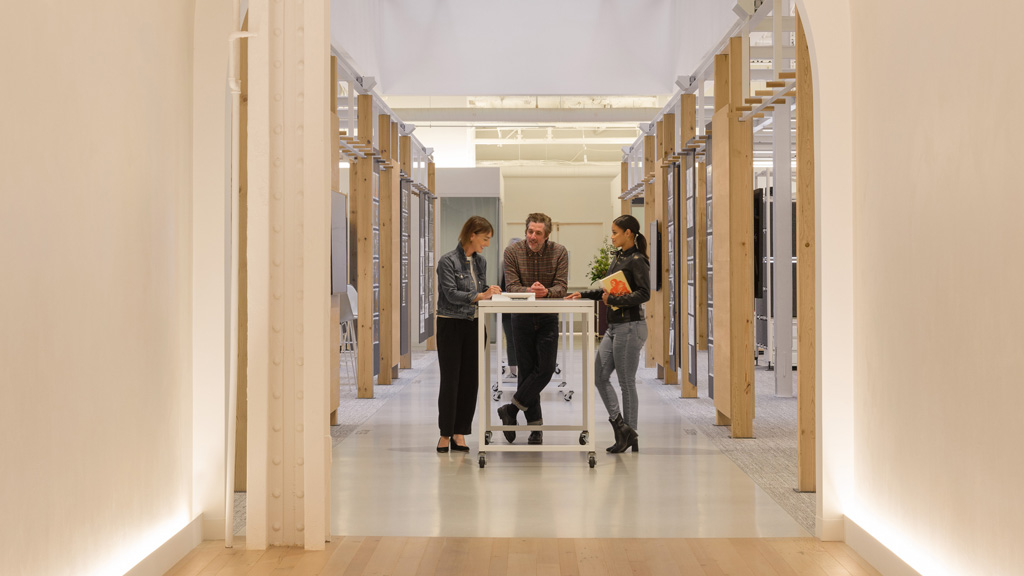
Blog
Redefining the Workplace for a New Era of Productivity and Engagement
This new era of work is not about obligation but about crafting a compelling experience that draws people in and encourages them to grow personally and professionally.

Research
Redefining the Future of Urban Wellness in China
We created a framework and adaptable urban design toolkit to promote wellness in Chinese cities at the neighborhood level.
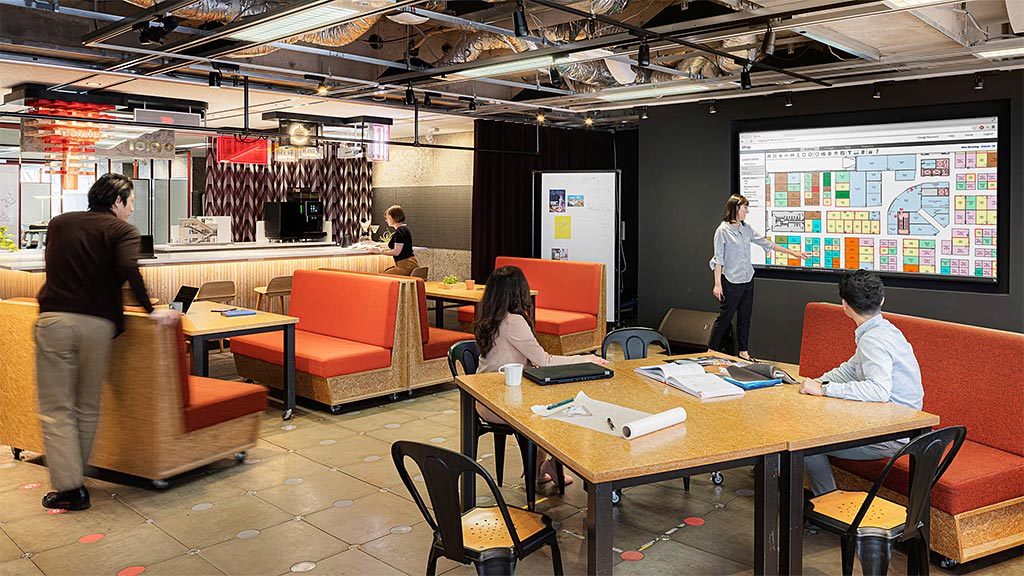
Blog
10 Considerations for Transitioning Back to Work in a Hybrid World
Here are 10 considerations, tools, and methodologies for creating a better workplace experience and attracting people back to the office in a hybrid world.

Blog
What Makes a Great Retail Experience? Community, Connection, and Exhibition
Astute retail and hospitality brands recognize that in-person connection is a vital part of their offerings. But what does that visceral experience actually look like?
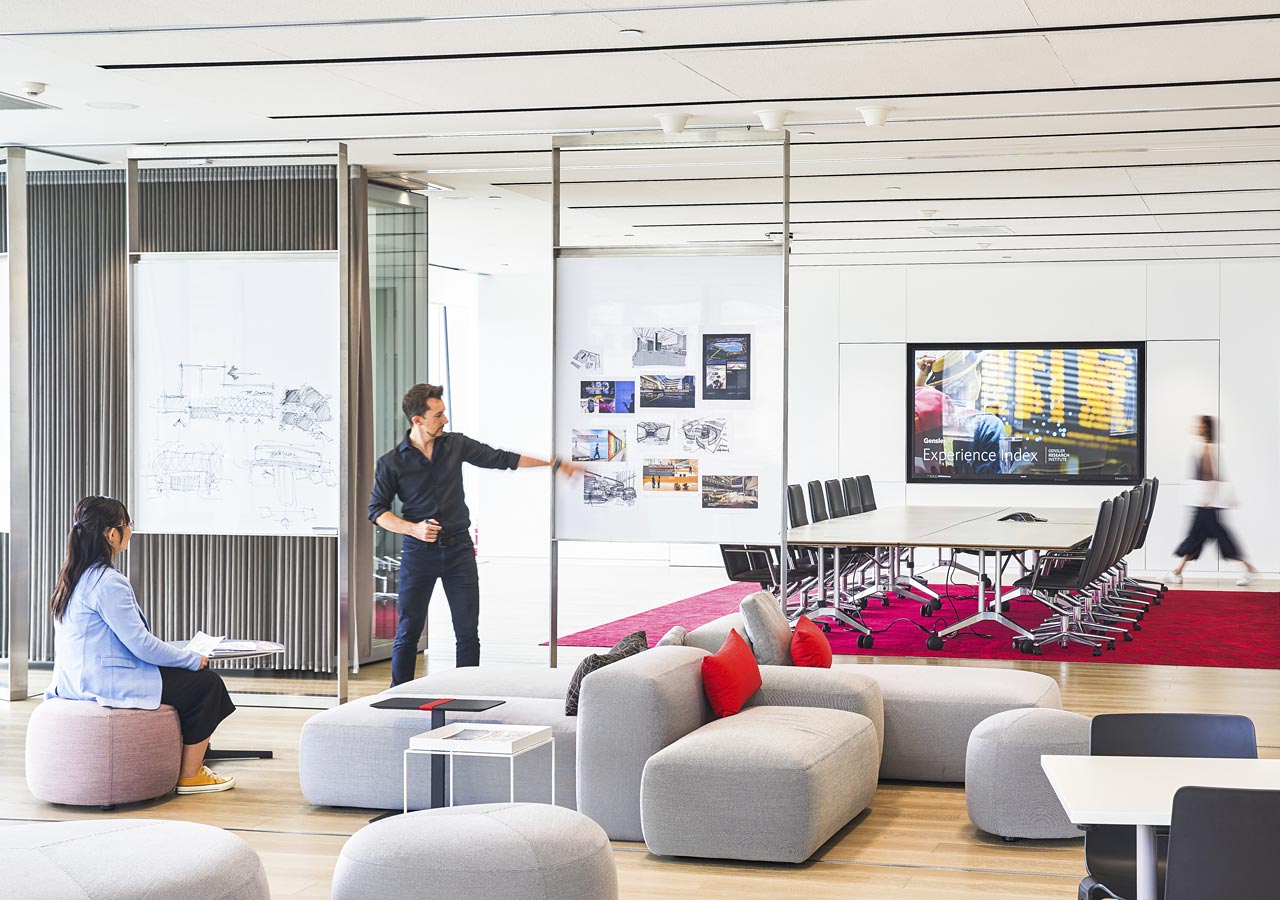
Design Your Career With Us
We grow our firm by growing our people — we invite you to search for opportunities and explore how you can reimagine the future with us.
Gensler Shanghai
One Museum Place, 3/F
669 XinZha Road
Shanghai 200041, China PRC
Tel: +86 (21) 6135.1900
669 XinZha Road
Shanghai 200041, China PRC
Tel: +86 (21) 6135.1900




